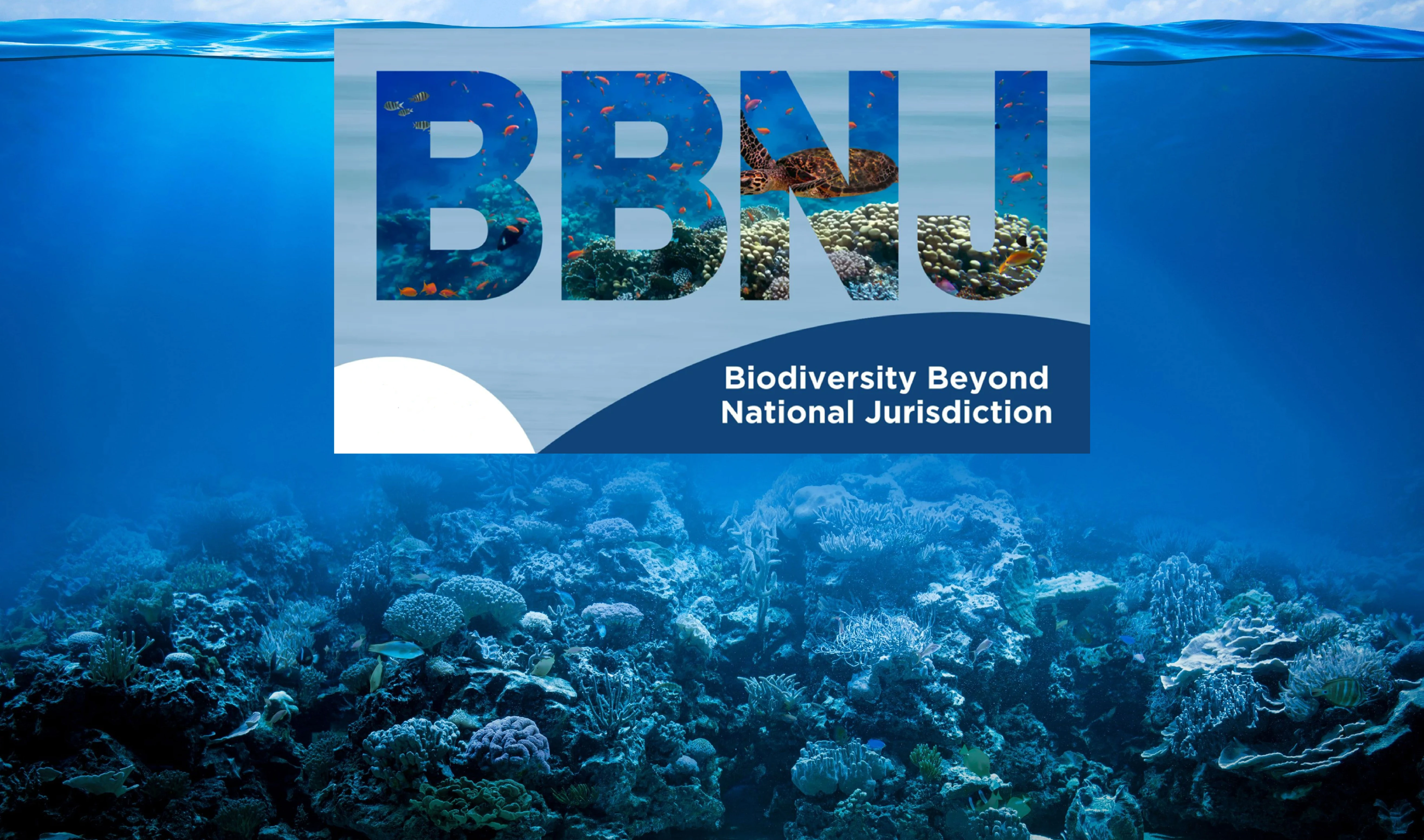A study highlights that MPAs management and governance can conserve biodiversity and improve nutritional security.
Key highlights of the study
- Contribution of Sustainable-use MPAs: 13.6% of global catch, 14% of fisheries revenue and 13.7% of nutrient supply.
- 7% of total global catches are represented from within exclusive economic zones (EEZs).
- Establishing MPAs in nutritionally vulnerable coastal communities: It can improve human health and nutrition.
Marine Protected Areas and their significance
- MPAs are essentially a space in the ocean where human activities are more strictly regulated than the surrounding waters (as per ENVIS)
- These places are given special protections for natural or historic marine resources by local, state, territorial, native, regional, or national authorities.
- Significance
- Act as reservoirs of genetic material for natural or assisted recovery of areas affected by pollution
- Crucial refuges for countless marine species: shields them from threats like overfishing, habitat destruction, and pollution.
- Reference sites serving as a baseline for scientific research: offers insights into marine ecology
- Acts as sites for nature-based recreation and tourism
- Helps in climate change mitigation and adaptation
- Challenges in conservation of MPAs: Difficulties in enforcing regulations, requirement of substantial resources, impacts livelihoods of local fishing communities.
Global Initiatives to Protect Marine Biodiversity
Marine Protected Areas in India
|




